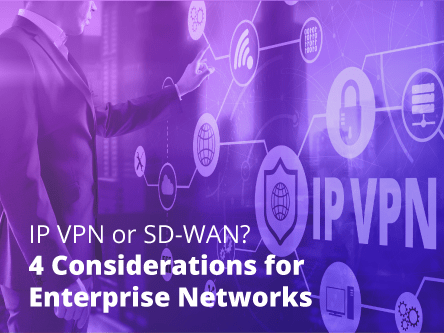Some years ago, a managed-IT services company VisioNet, which offers more than 155 service points throughout Indonesia, wanted to expand its connectivity to the major cloud service providers (CSP) to serve enterprise customers better. However, its data centres did not have any direct connection to the CSPs, and VisioNet needed an ethernet-based solution for interconnecting data centres with cloud on-ramps to directly access multiple CSPs.
At around the same time, aamra, an ICT solution and service provider needed to connect its end customers to global internet exchanges (IX) to serve increasing internet traffic between Europe and Bangladesh. With a huge opportunity to expand its business into new region and meet new customers’ requirements, aamra needed to rely on an agile and flexible way to interconnect to multiple internet exchange points (IXP).
You have just witnessed two scenarios where enterprise transformation is pushing service providers to offer solutions beyond their traditional business models. The cloud has become more entrenched along with user demands for instant gratification.
The solution to both situations has involved establishing private, secure and fast data centre connectivity with access to global CSPs and IXs. Such data centre interconnection (DCI) between cloud-centric infrastructures needs be high performance, scalable, agile and simple to deploy.
From the enterprise end user’s perspective, the number of applications and business-critical workloads in the cloud is ever-growing and the customers they serve are also becoming increasing geographically distributed.
DCI has become an important strategy for enterprise as they expand globally, accessing cloud resources and delivering services across multiple regions. They will be looking to service providers to advance their global endeavours.
What is the business value of interconnection?
Today, compared to a decade ago, enterprises are increasingly participating in an interconnected space fuelled by innovation, collaboration and transformation. The cloud has played a huge part in this seismic shift as they emphasise on the importance of accessing multiple networks and clouds in a cost-effective, secure and seamless way.
The need for DCI within an enterprise and with other networks, clouds, partners and stakeholders has to be fulfilled at reasonable cost and maximum security, privacy and manageability. Only then can the investment be tapped to realise exponentially greater opportunity and value for the business.
What makes for good DCI?
In the past, enterprises can either order a private line from an ethernet service provider to interconnect their on-premise data centre or have the data centre operator to provide a cross connect for colocation data centre.
This model used to work well since most service applications are deployed within a single data centre environment.
As the amount of data grows and with more cloud deployments, the network infrastructure becomes extremely complex to manage and inefficient in the long-term. On top of that, there are also inherent risks involving security and performance.
These factors, along with the maturing of the cloud, has transformed the role of data centres over the years. They are becoming access points to the clouds (on-ramps) and that’s driving the demand for interconnection.







